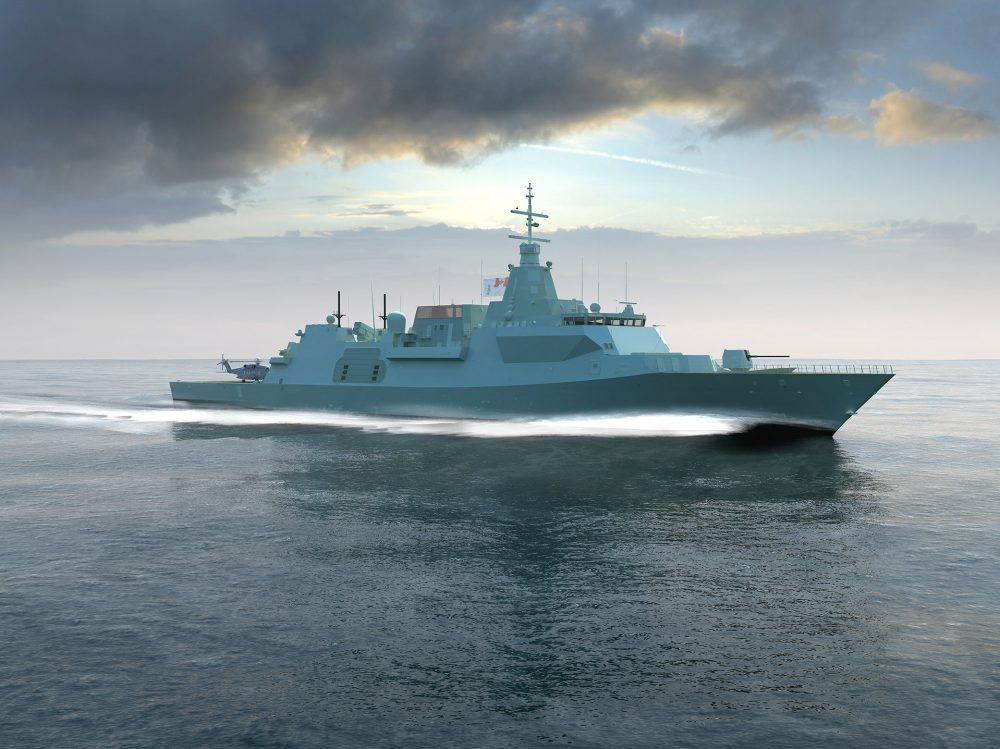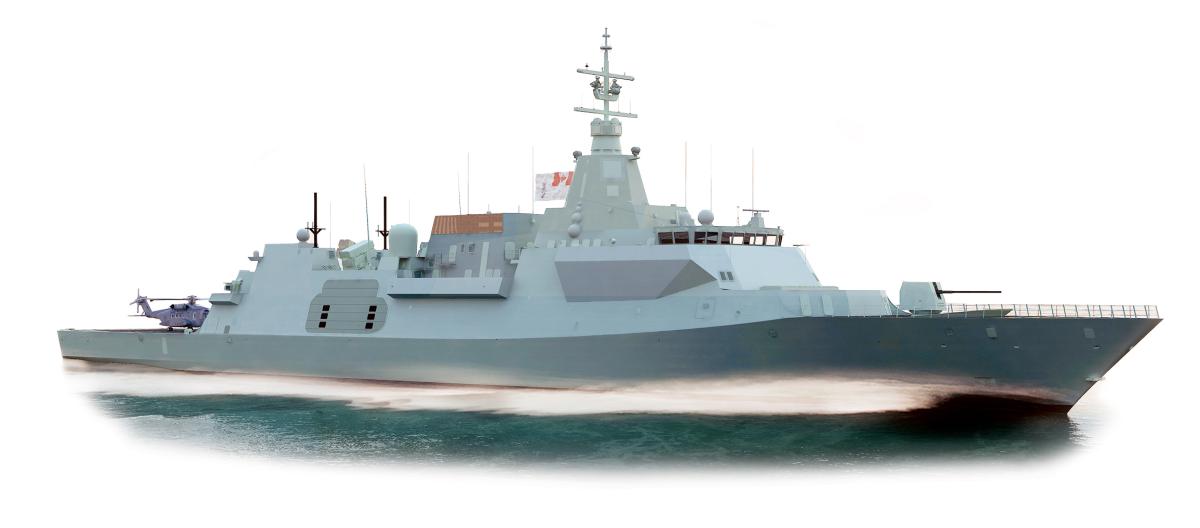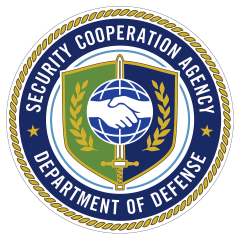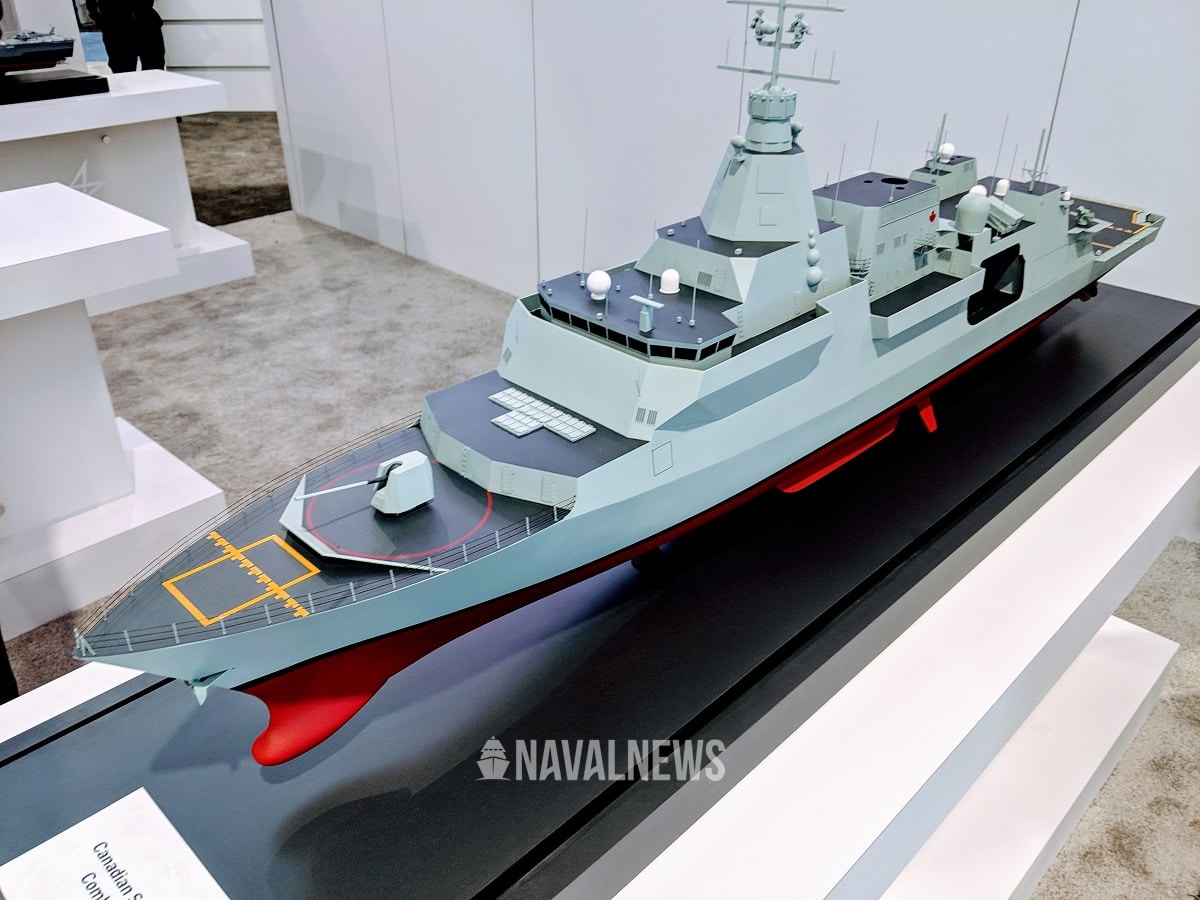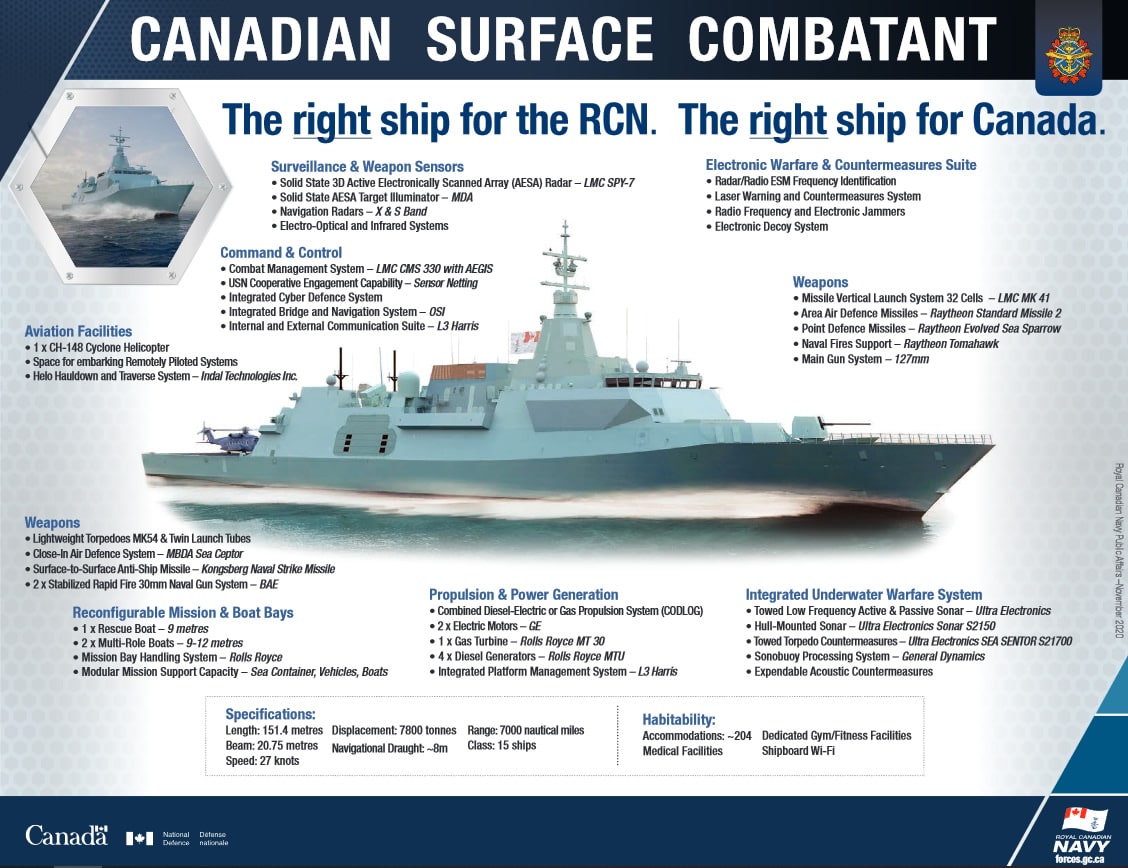Context: Type 26 was selected (as basis for CSC) but now the program cost is being reviewed and newer+cheaper (incl. off the shelf) tenders could be invited again by year-end or next year.
===============
The news concerning this context really picked up before this forum started so I forgot to bring it up earlier...but now the deadline approaches for the reports findings (Oct 22nd) on cost analysis w.r.t other frigate options (or options for the Type 26 negotiation itself).
Due to Corona economic downturn and added budgetary pressure from that expected to last for quite a number of years....I would not be surprised if the tender is scrapped and a new off-the-shelf frigate is picked (without much consideration given to reduction in capabilities etc) to reduce (immediate) costs and time.
I say this especially given the precedent of how Canada under two successive govts handled the F-35 program and then superbug "re-analysis" (with even rafale/EF considered too and then dropped) and now three way between F-35, superbug and gripen ref: https://defencehub.live/threads/rcaf-legacy-hornet-replacement-program.1649/#post-12219
Contact of mine will likely be part of team that argues in favour of Type 26 reduced long term costs (crew operation needs, integration and logistics/maintenance needs factored in) on top of the extra unmatched (though ambitious) capabilities it affords compared to anything else in the field....I will keep you guys updated should that proceed there with anything he may be able to share to open domain. Unfortunately given corona-stasis, Canadian DND is lot more opaque than usual about timeframes governing this is my understanding....this probably means lot of political commitees will overlook everything in the coming months.
===============
The news concerning this context really picked up before this forum started so I forgot to bring it up earlier...but now the deadline approaches for the reports findings (Oct 22nd) on cost analysis w.r.t other frigate options (or options for the Type 26 negotiation itself).
Due to Corona economic downturn and added budgetary pressure from that expected to last for quite a number of years....I would not be surprised if the tender is scrapped and a new off-the-shelf frigate is picked (without much consideration given to reduction in capabilities etc) to reduce (immediate) costs and time.
I say this especially given the precedent of how Canada under two successive govts handled the F-35 program and then superbug "re-analysis" (with even rafale/EF considered too and then dropped) and now three way between F-35, superbug and gripen ref: https://defencehub.live/threads/rcaf-legacy-hornet-replacement-program.1649/#post-12219
Contact of mine will likely be part of team that argues in favour of Type 26 reduced long term costs (crew operation needs, integration and logistics/maintenance needs factored in) on top of the extra unmatched (though ambitious) capabilities it affords compared to anything else in the field....I will keep you guys updated should that proceed there with anything he may be able to share to open domain. Unfortunately given corona-stasis, Canadian DND is lot more opaque than usual about timeframes governing this is my understanding....this probably means lot of political commitees will overlook everything in the coming months.




